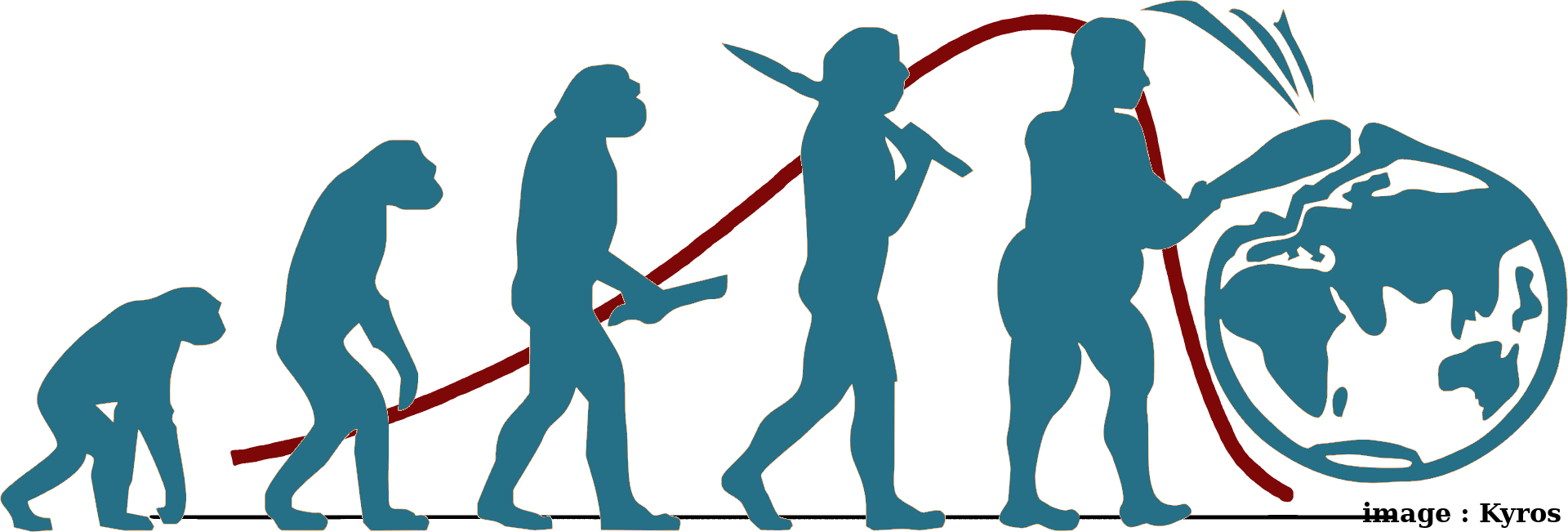page 1
Fin des années 60, le Club de Rome commande une étude sur la viabilité de la croissance économique. Cette étude sera publiée en 1972 sous le titre « The limits to growth » (« Les limites à la croissance » en français) ou « Rapport Meadows ».
Voici nos références avec le mot-clef « Meadows » :
Résultats pour:
Meadows
2022
The 1972 book "The Limits to Growth" shared a somber message for humanity: the Earth's resources are finite and probably cannot support current rates of economic and population growth to the end of the 21st century, even with advanced technology. Although disparaged by economists at the time, it turns out that, 50 years later, the message still deserves our attention.
We have reviewed the first two chapters of the new book Limits and Beyond. The reviews can be found at The Yawning Gap (Chapter 1) and No More Growth (Chapter 2). In this post we take a look at the third chapter, written by Dennis Meadows, a co-author of the original Limits to Growth. Dr. Meadows reports that he has delivered over a thousand speeches to a very wide variety of audiences. In this chapter the author summarizes “19 of the most common questions, comments and objections” that he has received over the years. Some of his insights are as follows:
The book Limits and Beyond, edited by Ugo Bardi and Carlos Alwarez Pereira, provides a 50th anniversary review of the seminal report Limits to Growth (LtG). The following is from the back cover of the book. 50 years ago the Club of Rome commissioned a report: Limits to Growth. They told us that, on our current path, we are heading for collapse in the first half of the 21st century. This book, published in the year 2022, reviews what has happened in the intervening time period. It asks three basic questions:
In 1972, a book changed the world. The Club of Rome commissioned a report that shifted how we see what humans are doing to the planet. Looking back five decades later, what happened next, what did we do and not do, what did we learn, and what happens now? In The Limits to Growth, a team from MIT studied the way humans were using the resources of the earth. Using sophisticated computer modelling, the researchers developed scenarios to map out possible paths for humanity, the global economy and the impact on the planet.
Researchers must try to resolve a dispute on the best way to use and care for Earth’s resources. Fifty years ago this month, the System Dynamics group at the Massachusetts Institute of Technology in Cambridge had a stark message for the world: continued economic and population growth would deplete Earth’s resources and lead to global economic collapse by 2070. This finding was from their 200-page book The Limits to Growth, one of the first modelling studies to forecast the environmental and social impacts of industrialization.
Only rarely does a book truly change the world. In the nineteenth century, such a book was Charles Darwin’s On the Origin of Species. For the twentieth century, it was The Limits to Growth. Not only did this best-selling 1972 publication help spur the environmental movement, but it showed that the underlying dynamics of the modern industrial world are unsustainable on the timescale of a couple of human lifetimes. This was profoundly important information, and it was delivered credibly and clearly, so that every policy maker could understand it.
2021
Almost five decades after the Meadows report ( Club of Rome ) , the incredible accuracy of the forecasts of the World3 model – a computer simulation programme – are an unparalleled milestone in terms of scientific anticipation.
In the 1972 bestseller Limits to Growth(LtG), the authors concluded that if humanity kept pursuing economic growth without regard for environmental and socialcosts, global society would experience as harpdecline(i.e.,collapse) in economic, social, and environmental conditions within thetwenty-firstcentury.
Herrington, a Dutch sustainability researcher and adviser to the Club of Rome, has made headlines in recent days after she authored a report that appeared to show a controversial 1970s study predicting the collapse of civilization was – apparently – right on time. Coming amid a cascade of alarming environmental events, Herrington’s work predicted the collapse could come around 2040 if current trends held.
EN
MIT Predicted in 1972 That Society Will Collapse This Century. New Research Shows We’re on Schedule.
- Nafeez Ahmed
A 1972 MIT study predicted that rapid economic growth would lead to societal collapse in the mid 21st century. A new paper shows we’re unfortunately right on schedule.
2012
Folks who do systems analysis have a great belief in “leverage points.” These are places within a complex system (a corporation, an economy, a living body, a city, an ecosystem) where a small shift in one thing can produce big changes in everything.
2011
Don't you stumble, sometimes, into something that seems to make a lot of sense, but you can't say exactly why? For a long time, I had in mind the idea that when things start going bad, they tend to go bad fast. We might call this tendency the "Seneca effect" or the "Seneca cliff," from Lucius Annaeus Seneca who wrote that "increases are of sluggish growth, but the way to ruin is rapid."
1972
club of Rome

